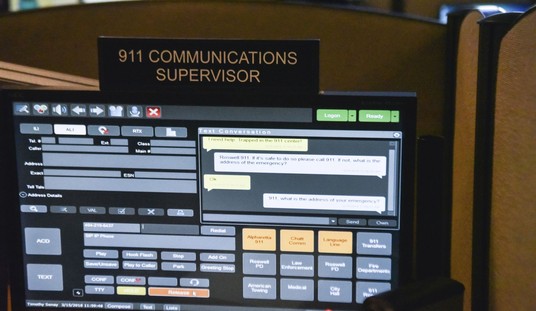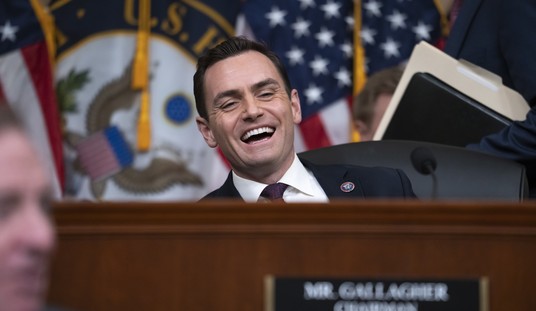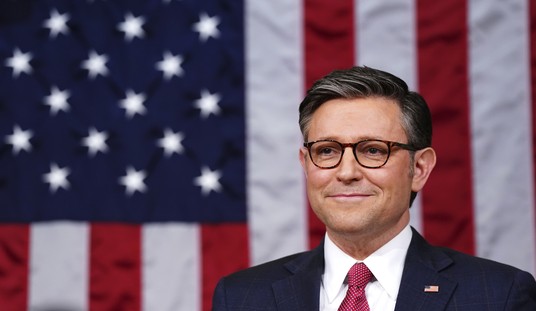In the nuclear age, US military strategy and foreign policy has been driven by the Cold War doctrine of Mutually Assured Destruction (MAD). The concept specifically applied to the use of nuclear weapons, as summarized here:
By the mid-1960s, unilateral deterrence gave way to “mutual deterrence,” a situation of strategic stalemate. The superpowers would refrain from attacking each other because of the certainty of mutual assured destruction, better known as MAD. This theory is still a major part of the defense policies of the United States and Russia.
Both superpowers recognized that the first requirement of an effective deterrent was that it should survive or “ride out” a surprise “counterforce” targeted attack without being decimated–a task made difficult by the ever-increasing numbers of accurate delivery systems, “penetration aids,” and multiple warheads.
This led to the foundation of the nuclear triad, or use of three different types of delivery systems (bombers, missiles, and submarines) to assure that a second-strike capability existed able to cause massive destruction to the attacking nation.
Makes a lot of sense, with the goal being to prevent an enemy’s first use of nuclear weapons by ensuring his own demise in a counter-strike. The objective was and is prevention of nuclear war. Deterrence ultimately means psychologically convincing a threat to not take action that will result in an unacceptable outcome.
But deterrence is a concept that applies to non-nuclear political-military spheres, too. Deterrence is defined in Joint Pub 3-0, “Joint Operations,” as “the prevention of action by the existence of a credible threat of unacceptable counteraction and/or belief that the cost of action outweighs the perceived benefits.” Here is how it is applied to warfighting:
Deterrence is characterized by preparatory actions that indicate resolve to commit resources and respond to the situation. Before hostilities begin, the Joint Force Commander and staff analyze and assess the adversary’s goals and decision-making process to determine how, where, and when these can be affected and what friendly actions (military and others) can influence events and act as a deterrent.
Sifting through the military jargon, what that means is that commanders in tactical situations seek to minimize, delay, or ultimately prevent actions by an enemy by taking preparatory actions to convince the enemy’s decision makers that military actions will result in “undesirable outcomes” (from the enemy’s point of view). The concept can of course be applied to strategic actions, too, e.g., to deterring conventional war between nations. For example, the formation of NATO was a deterrence to Soviet aggression in central Europe during the Cold War.
The problem with the concept of deterrence is that, regardless of ideological differences, the opponents have to have near-equivalent beliefs in the desire to survive. Each nation would want to preserve its political leadership and culture and thus be susceptible to the concept of deterrence to begin with. That doesn’t work well in cultures that glorify death, as the “ultimate sacrifice” obviates deterrence as a practical matter in certain situations. And it doesn’t work well with stateless terrorist organizations, especially Islamo-fascists.
And of course, deterrence doesn’t work when the political will to engage in real deterrence dissipates, e.g., as it did among the US foreign policy establishment after the Islamic Republic of Iran was founded in 1979. There have been no direct US military responses to Iranian aggression throughout the IRI’s existence – until IRGC-Quds Force commander Qassem Soleimani and Kata’ib Hezbollah founder and leader Abu Mahdi al-Muhandis were taken out in that US drone strike on 3 January.
To the contrary, other than the freezing of Iranian assets after the US embassy hostage crisis in 1979-80 and imposition of international sanctions to punish and curtail Iran’s development of nuclear weapons technology, there has been no US military response to Iranian-backed terrorism anywhere. For example, it is estimated that the Iranians were responsible for one in six American deaths in Iraq, as reported here. Not to mention other Iranian-backed terrorist actions resulting in the deaths of Americans over the years as detailed here.
The Iranians got used to no military push-back from the US under any circumstance. I would wager that Soleimani himself thought the US was a paper tiger right up to the moment that he got popped. To the contrary, the Obama regime spent eight years kowtowing to the mullahs in order to conclude a “nuclear agreement” at any price – to the point of unfreezing Iranian assets in the US and also delivering the infamous “pallet of cash” that amounted to bribes to who knows whom in order to get the deal done. And now we are learning about credible allegations that the Obama administration sent letters to Soleimani. I wonder what was contained in those letters given what we know today! Why aren’t the Democrats demanding to know the contents of those letter (end of my sarcasm)?
I really like the schoolyard analogy posted on Facebook by John Ligato, a retired FBI special agent, regarding the reestablishment of deterrence in the minds’ eyes of the mullahs in Tehran after that drone strike.
The Ayatollah Ali Khamenei is the supreme leader of Iran. There was the blood of hundreds of Americans on that Obama cash when General Soleimani directed operations against US military personnel in Iraq by Shia militias.
The basic belief of all appeasers is that wars have no winners, only losers. That proved the opposite in WW II. Had England, France and other European nations stopped Hitler in the beginning, millions upon millions of lives would have been saved and the holocaust prevented.
Iranians view us as weak and stupid as they scream at the cameras while thumping their chests. It’s basically performance art. They gather, burn our flag, and threaten annihilation. Our leaders have rarely understood the mindset of our enemies. They view them through the lens of the American sense of fair play but that never works whether it be Tehran or the Brooklyn schoolyard. Iran doesn’t think like us and required some schoolyard justice which President Trump provided.
The dynamics of a schoolyard is identical to international relations. The United States is the biggest kid in the schoolyard so there’s no need to overreact, kill innocent civilians, or destroy the culture of Iran, North Korea, or Russia. But occasionally they require a reminder, other that verbal threats, something like a rocket up the butt of Gen. Qassem Soleimani.
Couldn’t have said it better myself. Real deterrence requires real action, not turning the other cheek. And that drone strike that took out a handful of KNOWN TERRORISTS was just what the doctor ordered to restore a little deterrence in the minds of the mullahs in Tehran. What are the odds that Esmail Qaani, Soleimani’s replacement as IRGC-Quds Force Commander, is looking over his shoulder a lot these days? Pretty good. I’m really glad we have a president that remembered the value of deterrence and applied it to Iran. Long overdue!
The end.












Join the conversation as a VIP Member